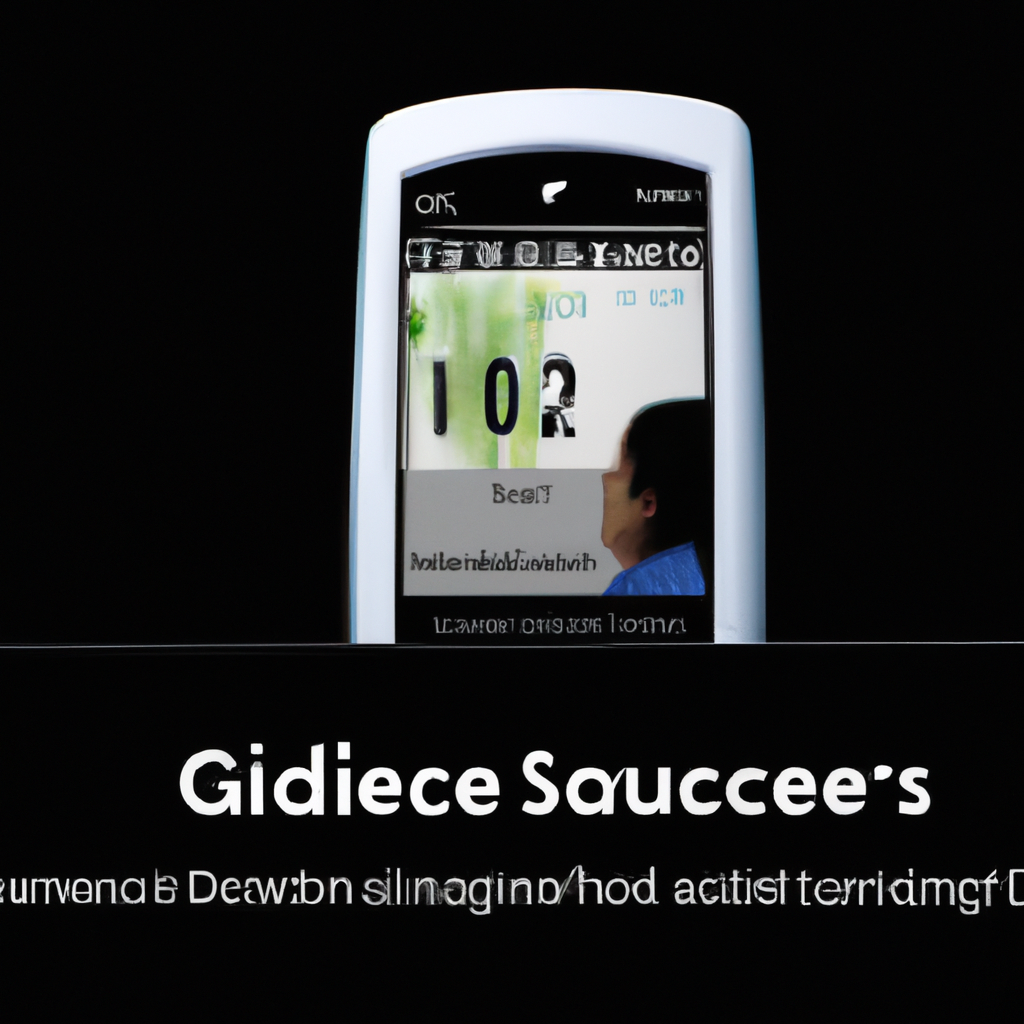-
Reading Roadmap
- Maximizing Continuous Glucose Monitoring: A Roadmap for Diabetes Care and Education Specialists
- Key Takeaways
- Introduction: The Power of Continuous Glucose Monitoring
- The Role of CGM in Diabetes Management
- Maximizing CGM: The Role of Diabetes Care and Education Specialists
- Challenges and Future Directions in CGM Use
- FAQ Section
- What is Continuous Glucose Monitoring (CGM)?
- How can CGM improve diabetes management?
- What is the role of diabetes care and education specialists in CGM use?
- What are some challenges in CGM use?
- What are some future advancements in CGM technology?
- Conclusion: The Future of Diabetes Management
- Further Analysis
Maximizing Continuous Glucose Monitoring: A Roadmap for Diabetes Care and Education Specialists

[youtubomatic_search]
Key Takeaways
- Continuous Glucose Monitoring (CGM) is a revolutionary tool in diabetes management, providing real-time glucose readings and trend data.
- Effective use of CGM can lead to improved glycemic control and reduced risk of hypoglycemia.
- Diabetes care and education specialists play a crucial role in maximizing the benefits of CGM, through patient education and data interpretation.
- Challenges in CGM use include cost, sensor accuracy, and patient adherence.
- Future advancements in CGM technology hold promise for further improving diabetes management.
Introduction: The Power of Continuous Glucose Monitoring
Diabetes, a chronic condition affecting millions worldwide, requires careful management of blood glucose levels. Traditional methods involve intermittent fingerstick measurements, which provide only a snapshot of glucose levels at a specific time. Continuous Glucose Monitoring (CGM), however, offers a more comprehensive view, providing real-time glucose readings and trend data. This article explores how diabetes care and education specialists can maximize the benefits of CGM for their patients.
The Role of CGM in Diabetes Management
CGM systems measure glucose levels in the interstitial fluid every few minutes, providing up to 288 readings per day. This wealth of data allows patients and healthcare providers to see not just where glucose levels are at any given moment, but where they are heading. This predictive information can be used to prevent hypoglycemia and hyperglycemia, improving overall glycemic control.
Research supports the benefits of CGM. A study published in the New England Journal of Medicine found that CGM use led to significant improvements in HbA1c levels, a key marker of long-term glucose control, compared to traditional fingerstick monitoring.
Maximizing CGM: The Role of Diabetes Care and Education Specialists
Diabetes care and education specialists play a crucial role in maximizing the benefits of CGM. They can educate patients on how to use the device, interpret the data, and make appropriate treatment adjustments. They can also provide emotional support, helping patients cope with the constant stream of data and potential anxiety about glucose fluctuations.
Case studies have shown the impact of this specialist support. For example, a study published in Diabetes Care found that patients who received structured education and support on CGM use had improved glycemic control and quality of life compared to those who did not.
Challenges and Future Directions in CGM Use
Despite its benefits, CGM use is not without challenges. These include cost, sensor accuracy, and patient adherence. Diabetes care and education specialists can help address these issues, advocating for insurance coverage, educating patients about sensor calibration, and providing ongoing support to promote adherence.
Future advancements in CGM technology hold promise for further improving diabetes management. These include the development of non-invasive sensors, integration with insulin pumps for a closed-loop system, and improved data analytics for personalized treatment recommendations.
FAQ Section
What is Continuous Glucose Monitoring (CGM)?
CGM is a method of monitoring blood glucose levels continuously throughout the day and night. It involves a sensor inserted under the skin that measures glucose levels in the interstitial fluid.
How can CGM improve diabetes management?
CGM provides real-time glucose readings and trend data, allowing for more proactive management of glucose levels. It can help prevent hypoglycemia and hyperglycemia, and improve overall glycemic control.
What is the role of diabetes care and education specialists in CGM use?
These specialists can educate patients on how to use the CGM device, interpret the data, and make appropriate treatment adjustments. They can also provide emotional support and help address challenges in CGM use.
What are some challenges in CGM use?
Challenges include cost, sensor accuracy, and patient adherence. Ongoing support from diabetes care and education specialists can help address these issues.
What are some future advancements in CGM technology?
Future advancements include the development of non-invasive sensors, integration with insulin pumps for a closed-loop system, and improved data analytics for personalized treatment recommendations.
Conclusion: The Future of Diabetes Management
Continuous Glucose Monitoring represents a significant advancement in diabetes management, providing a wealth of data for more proactive and personalized care. Diabetes care and education specialists play a crucial role in maximizing the benefits of this technology, through patient education, data interpretation, and ongoing support. Despite challenges in cost, sensor accuracy, and patient adherence, the future of CGM holds promise for further improving diabetes care.
[youtubomatic_search]
Further Analysis
In conclusion, the key takeaways from this article are:
- CGM is a powerful tool in diabetes management, providing real-time glucose readings and trend data.
- Effective use of CGM can lead to improved glycemic control and reduced risk of hypoglycemia.
- Diabetes care and education specialists play a crucial role in maximizing the benefits of CGM, through patient education and data interpretation.
- Challenges in CGM use include cost, sensor accuracy, and patient adherence, but ongoing support from specialists can help address these issues.
- Future advancements in CGM technology hold promise for further improving diabetes management.







